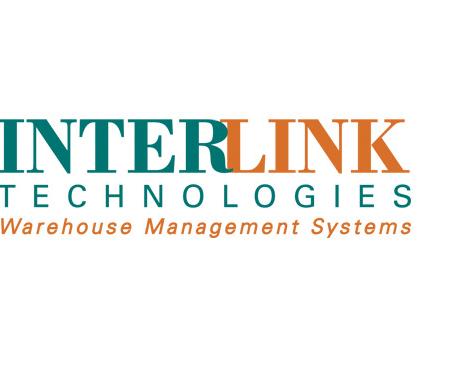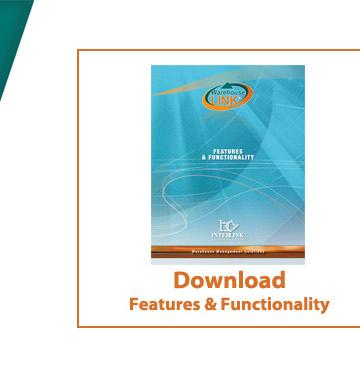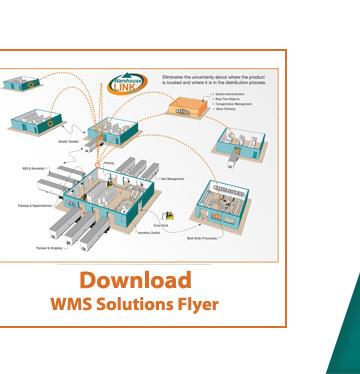Warehouse Space Optimization
Warehouse-LINK® manages available space dynamically to allow full use of every square foot of distribution space. Warehouse layout, inventory flow, flexibility, and scalability are key when maximizing warehouse space.
Data from Warehouse-LINK® exposes fast and slow-moving inventory items so that improvements can be made to warehouse layout and flow. Warehouse strategies that embrace change and provide flexible, scalable functionality include warehouse slotting and warehouse replenishment processes. Warehouse-LINK® provides multiple warehouse slotting methods, including dynamic slotting for temporary and seasonal item locations. Warehouse-LINK® supports mixed items in single locations and single items in single or multiple locations. Warehouse location management uses facility, zone, aisle, bay, level and slot locations. Without a WMS, it is disastrous to try to incorporate any of these flexible warehouse strategies and allow for continuous changes.
What is a Warehouse Management System?
A Warehouse Management System (WMS) is an essential link to the supply chain process that utilizes technology to increase efficiency and productivity, and provide information about warehouse operations in real-time.
Warehouse-LINK® software from Interlink incorporates warehouse best practices with barcode technology, mobile computing, and web-based applications. Designed from the ground up, Warehouse-LINK® supports all distribution activities and interfaces with ERP systems and all warehouse automation.








